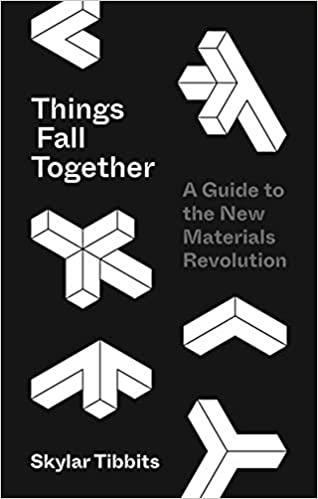
Things Fall Together: A Guide to the New Materials Revolution
4D打印:自動成形的新物質革命
內容介紹
人類的心智真的是非常深奧,我們總是因為生活中遇到一些難題想破了頭想找出解決的方案。David的爸爸是一個很好的例子,他雖然只有小學畢業,但他有一個創客(maker)的靈魂。David的爸爸是個農夫,住在很少下雨的中部,他一直很想設計運用太陽能的熱水裝置,這樣就不需要使用電熱水器耗電。結果他找來了很粗很黑的水管擺放在他親手蓋起來的山中小屋屋頂,透過一些設計讓水管能在白天吸收太陽的熱能儲水,晚上的時候就可以有免錢的熱水可以使用,雖然David很驚訝爸爸的聰明才智,唯一的小缺點就是熱水總是有一股橡皮塑膠水管的味道。
今天想要介紹給大家的書是Princeton University Press預定擺在倫敦書展目錄的重點科普書,作者斯凱勒·提比茲 (Skylar Tibbits)是自組裝科學的先驅,他曾在TED TALK發表目前科學已經能把3D列印的技術再更往上一層推進,除了列印立體的物件,透過瞭解物質的特性(比方對於溫度或光線產生的膨漲、收縮現象),我們可以列印出隨著時間改變形體的物體。比方在影片中斯凱勒·提比茲展示了特殊聚合物浸入水中時會自動形成MIT字形的蛇形物件。
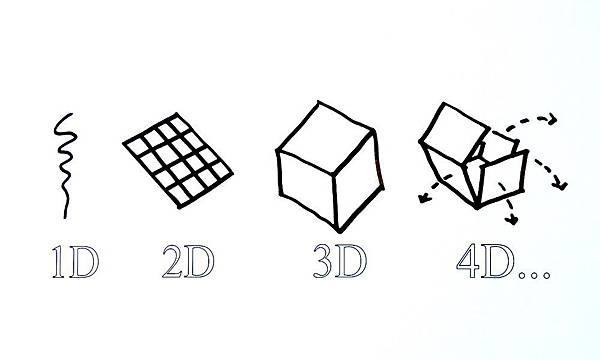
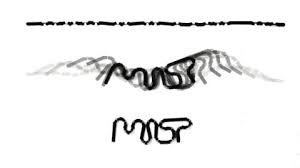
此外David做了點小研究,似乎日本慶應大學的田中浩也教授已經運用這個技術打造出可以根據溫度和風自動開關的窗戶,相關影片可以參考: https://www.youtube.com/watch?v=Syn7TaX90Ik&feature=emb_logo
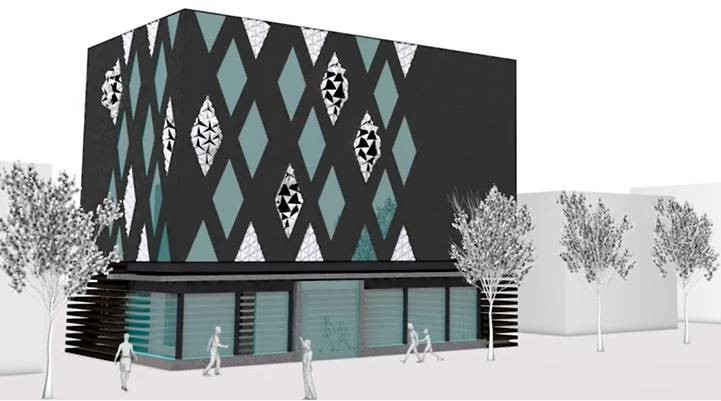
想像如果我們能夠運用這項科技幫助人類在外太空或是氣候極端險峻的南北極打造人類需要的科學站,或是可以因應氣候而自我調節的建築,這肯定對於人類永續的發展是個很關鍵的科學發展。
從作者的Ted Talk就知道他是個思緒縝密又有幽默感的人,他在書中一開始提到17世紀航海初期人類因為沒有度量經緯度的儀器常常迷航觸礁或發生船難,後來英國鐘錶匠約翰·哈里森(John Harrison)發明瞭不受溫度氣候影響的航海鐘,而解決了這項難題。設計這個鐘的關鍵在於他使用了兩種不同熱膨脹係數的金屬來設計鐘擺,這樣兩種不同的金屬在不同的溫度下相互抵消了熱膨脹係數而讓讓鐘擺長度不受影響。對凱勒·提比茲而言這是徹底瞭解物質背後的物理現象的發明,可以說是4D列印的靈感來源。如今牙醫運用來矯正牙齒的鎳鈦合金絲因為有形狀記憶抗腐蝕,回到患者的口腔就會變軟回到原始設定的形狀,溫度越低就更容易彎曲,所以患者若覺得不適只要喝一杯冷水就可以減緩不適。這某種程度也是人類瞭解物質的特性後運用在醫學上的最好案例,此外動脈支架(stent)的運用也是同樣的道理。
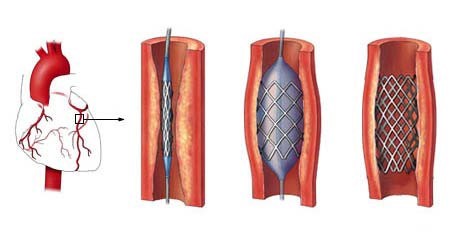
也許未來我們可以製造出許多可以隨身攜帶的椅子,一丟在地上就能自動成型,買不到高鐵火車座位的人也不用帶重的要命的童軍椅了。(不停的幻想中…)
我們生活中的物質通常抵擋不了時間的考驗而分解、崩壞、故障。比方汽車開久了可能故障再也無法啟動、建築物年久失修天花板漏水牆壁長壁癌再也不適合人居、我們個人使用的物品如電腦、手機性能一年不如一年到最後只能讓3C公司回收。
今天的科學家正在研究能夠抵擋時間外在環境不會分崩離析的物質,這些新物質替工業創新開啟了新的可能性,並讓我們重新思考我們可以如何設計建設與環境共存的建築與物品。《4D列印:自動成形的新物質革命》(Things Fall Together: A Guide to the New Materials Revolution)將讓讀者大開眼界,瞭解原來人類可以透過科技來駕馭物質,打造更環保更永續經營概念的商品。
斯凱勒·提比茲 (Skylar Tibbits)從自組裝科技(self-assembly)以及可用電腦程式編程的材料找到新的設計與創新的路線,比方打造可以自動組合成型的傢俱、列印出可以自動成形的鞋子、打造能自己成型的小島。斯凱勒·提比茲在書中告訴我們物質是可以用電腦來運算以及呈現我們希望他們最終呈現的形體。今天流行的智慧商品通常是依賴電子、電池與複雜的科技來運作,斯凱勒·提比茲想提供另一個方向,我們可以設計簡單優雅的物質智慧(material intelligence),透過溫度、光或其它環境刺激物的影響自動轉換形成另一個結構形體,這對於打造永續的未來非常有幫助。
斯凱勒·提比茲是自組裝科技的先趨,《4D列印:自動成形的新物質革命》讓讀者一窺這項科技的發展以及未來的展望。
相關影片
作者介紹
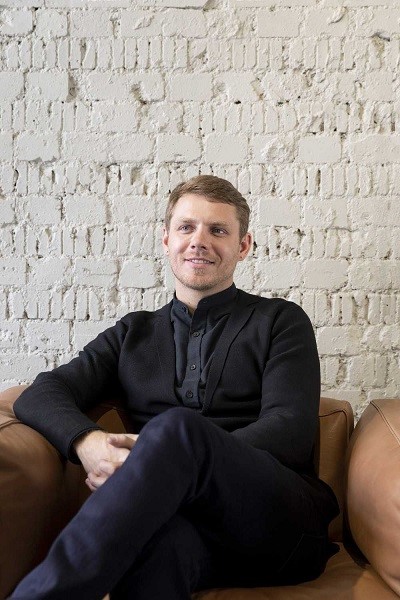
斯凱勒·提比茲 (Skylar Tibbits)創立了美國麻省理工學院自組裝實驗室(MIT Self-Assembly Lab),他是美國麻省理工學院建築系設計研究副教授。他出版過數本書,包括Self-Assembly Lab: Experiments in Programming Matter、Autonomous Assembly: Designing for a New Era of Collective Construction與Active Matter (The MIT Press)等書。目前居住在美國波士頓。
美國麻省理工學院自組裝實驗室的官網: selfassemblylab.mit.edu
作者的推特: @SkylarTibbits
作者的Instagram: @skylartibbits
書評
"In Skylar Tibbits's ideal world, roads, buildings, and objects are tingling, made of active materials whose particles and units bind and unbind and recombine in mesmerizing harmony. There is little to no waste, an endless trove of new forms and solutions, and the ability to test and perfect along the way. I want to go there."―Paola Antonelli, senior curator of architecture and design and director of research and development, Museum of Modern Art
"In this book, Tibbits proposes a future where artificial intelligence is not an end in itself but an embodied feature of the products that we make. It is a future that is more humane precisely because of the shared tactility and materiality of stuff. There is no doubt in my mind that the future of materials science lies in the development of the types of animate matter described in this book."―Mark Miodownik, author of Stuff Matters
"Things Fall Together is a revolutionary book that helps us see into the future. Skylar Tibbits provides new design possibilities that rely on biological principles to activate materials into self-assembly. His pioneering approach is exactly what we need for Mars exploration and other space missions."―Dava Newman, Apollo Professor of Aeronautics and Astronautics at MIT and former NASA Deputy Administrator
"Much like how material innovation in vacuum tubes and transistors paved the way for Moore's law in electronics and computing at a nano scale, Tibbits's Things Fall Together lays a road map for exponential improvements in the logic and functionality of everyday materials at a macro scale."―Gihan Amarasiriwardena, Ministry of Supply
"This book offers invaluable insights into a highly influential body of research that promises to have a major impact on the discourse of architecture. Things Fall Together is a fascinating read."―Neil Leach, coeditor of Digital Tectonics
"This engaging and well-written book will inspire designers, engineers, and anyone who enjoys popular science, and is sure to stimulate research in the broader scientific community."―Nikolaus Correll, University of Colorado Boulder
